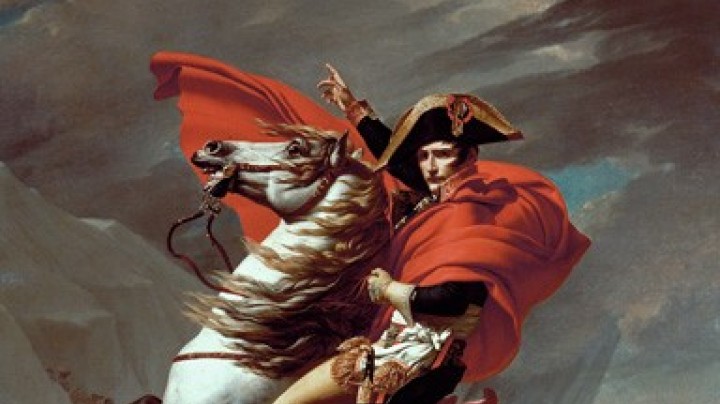The Styrian Prince
Archduke Johann dressed in rustic Styrian costume made from grey loden cloth is an image that has impressed itself on the collective Austrian consciousness. The Habsburg with a hankering for a down-to-earth lifestyle is seen as a major figure of the Enlightenment in Styria and as a symbol of reconciliation between tradition and modernity.
From 1818 Archduke set about systematically acquiring estates in Styria which now became the centre of his life. The ‘Styrian Prince’, as he was soon dubbed, transformed his demesne at Brandhof near Mariazell in Upper Styria into a model estate.
He became a patron of the latest developments in engineering and agriculture. Thanks to his travels to Britain, which at that time led the world in industrialization and technology, he had become acquainted with progressive ideas which he now attempted to put into practice in Styria.
For example, he played a considerable role in getting the Southern Railway connecting Vienna and Trieste routed over the Semmering pass and through Styria rather than western Hungary, leading to an economic upsurge in Upper Styria. The Semmering Railway, which was the first Alpine railway to be built in Europe, is today regarded as a monument of innovative nineteenth-century engineering.
Johann also played a major part in initiating research into Styrian geography, history and culture. He opened his private scientific collection and library to the public in Graz. This eventually developed into the Joanneum, a universal museum and research institution which continues to flourish today.
The results from this research motivated him to buy an ironworks in Vordernberg in 1822, leading to the pioneering of modern iron-ore smelting at the Erzberg mine in Styria.
The archduke also founded numerous associations with the aim of promoting the development of modern civic society. The list of institutions in Styria initiated by Johann includes cultural associations such as the Leseverein (a reading society founded in 1817), the Musikverein (a music society founded in 1817/19) and the Styrian Historical Society. The Steirische Landesbibliothek (Styrian Provincial Library, 1811) and the Landesarchiv (Styrian Provincial Archives, 1817) were also founded by Archduke Johann.
In order to raise the economic standards of the rural population and disseminate the latest agronomic knowledge Johann founded the Landwirtschaftliche Gesellschaft (Agricultural Society) in 1819, the predecessor of today’s Landwirtschaftskammer (Provincial Chamber of Agriculture).
In the field of trade similar ideas led to the founding of the Verein zur Unterstützung der Industrie und des Gewerbes Innerösterreichs (Association to Support Industry and Trade in Inner Austria) in 1837. The Berg- und hüttenmännische Lehranstalt (School of Mining and Metallurgy) established in Vordernberg in 1840 was transferred to Leoben in 1849, thus becoming the predecessor of today’s Montanuniversität (University of Mining, Metallurgy and Materials).
The archduke was also particularly concerned to provide people with the incentive to help themselves. To this end he established a savings bank in 1825 and a mutual fire insurance institution in 1828. The Bruderlade der Berg- und Hüttenarbeiter in Vordernberg founded by him in 1837 was a kind of relief fund providing health and social security for miners.
After a brief appearance on the European political stage in 1848/49, when his high standing led to his election as Regent of Germany by the Frankfurt Parliament, he returned disillusioned to the simpler world of the Alps and dedicated himself to his beloved Styria. As a sign of his close ties with the province, Johann was elected burgomaster of the Styrian town of Stainz in 1850, when municipalities were granted the right of self-administration.
Archduke Johann died in his town palace in Graz on 11 May 1859. By virtue of his activities Archduke Johann had soon gained the reputation of being a champion of common folk, with a true understanding of people’s needs and hardships. He is still regarded as the Habsburg who was closest to the people. Popular nicknames such as the ‘Green Rebel’ or the ‘Styrian Prince’ show how firmly this Habsburg is anchored in the historical consciousness of the Austrian people.












